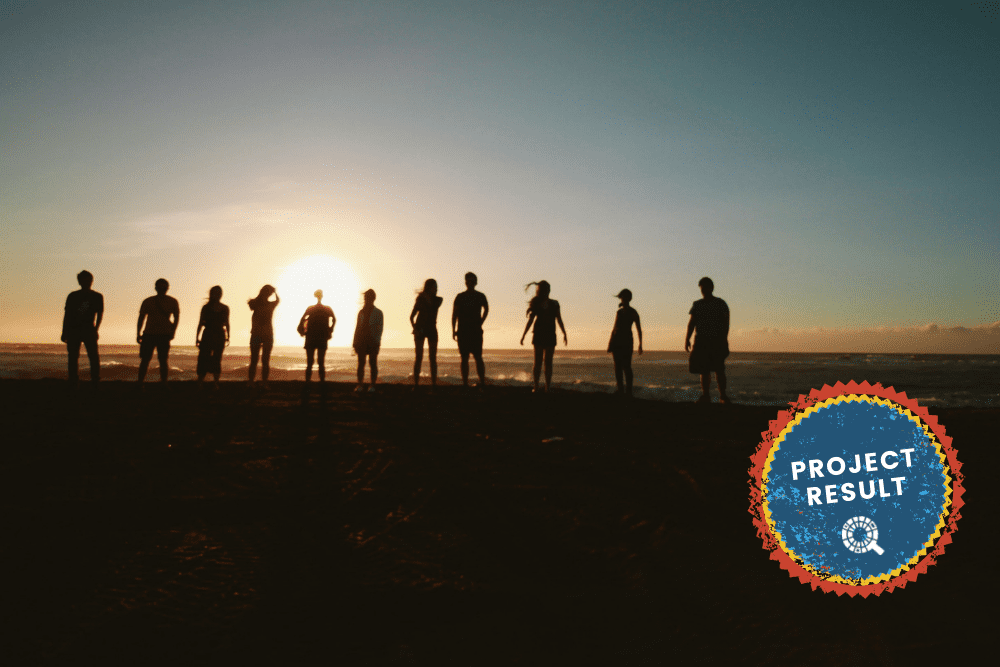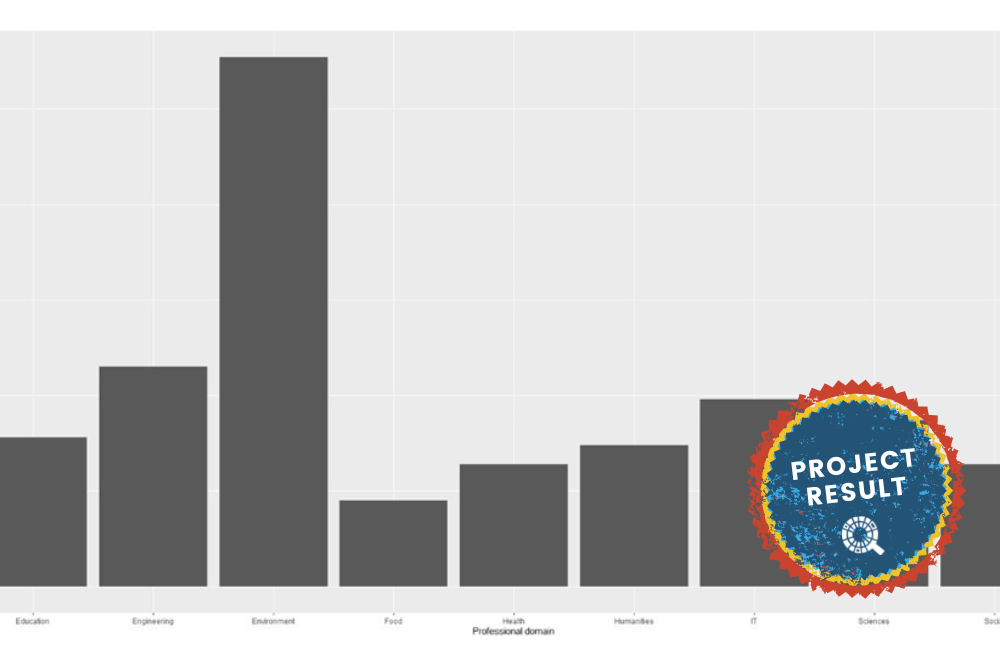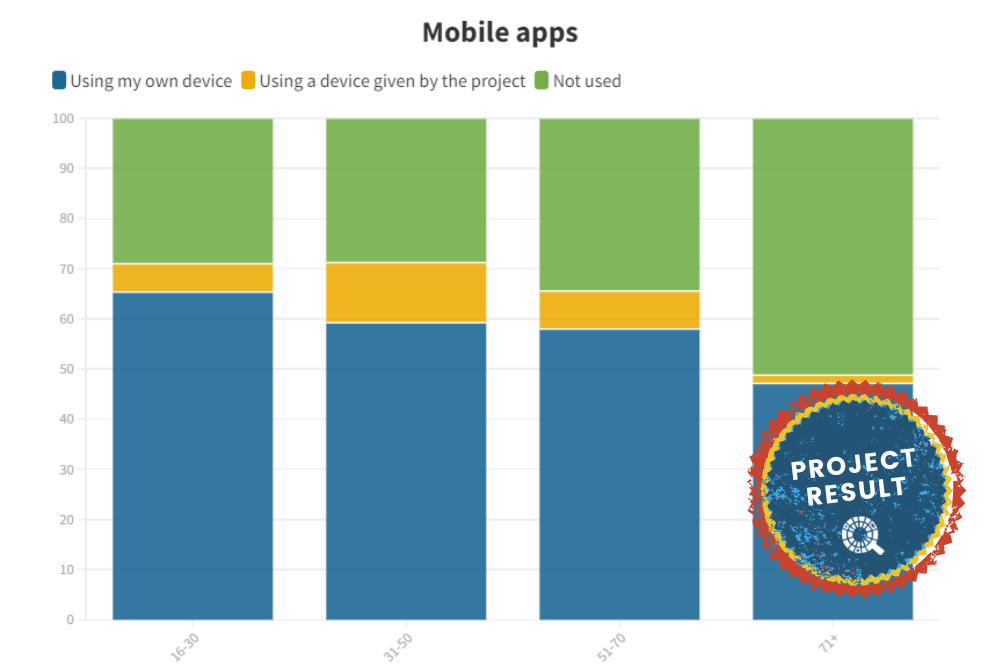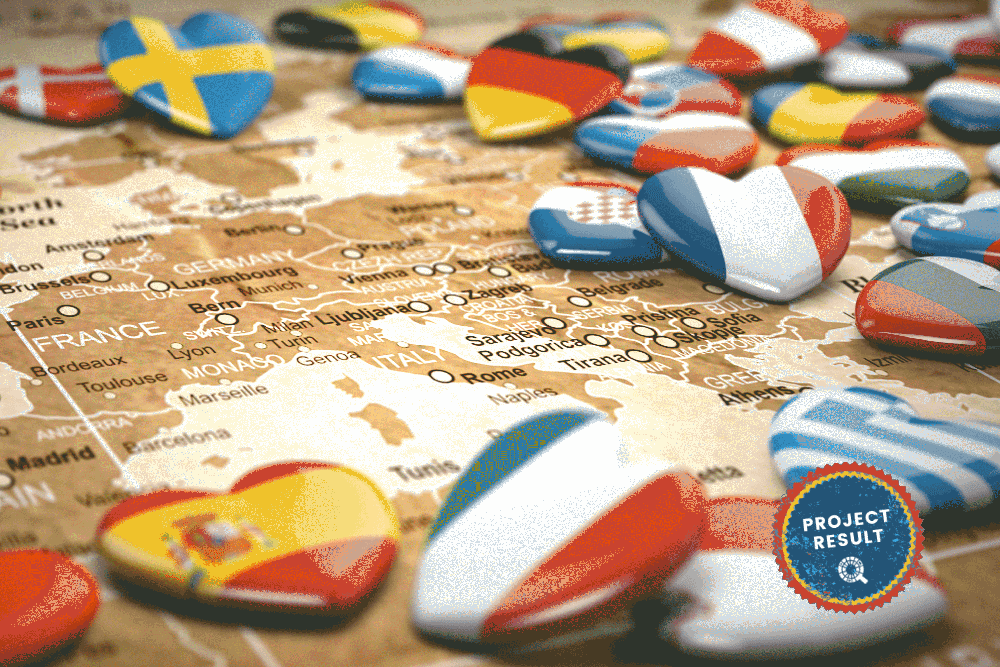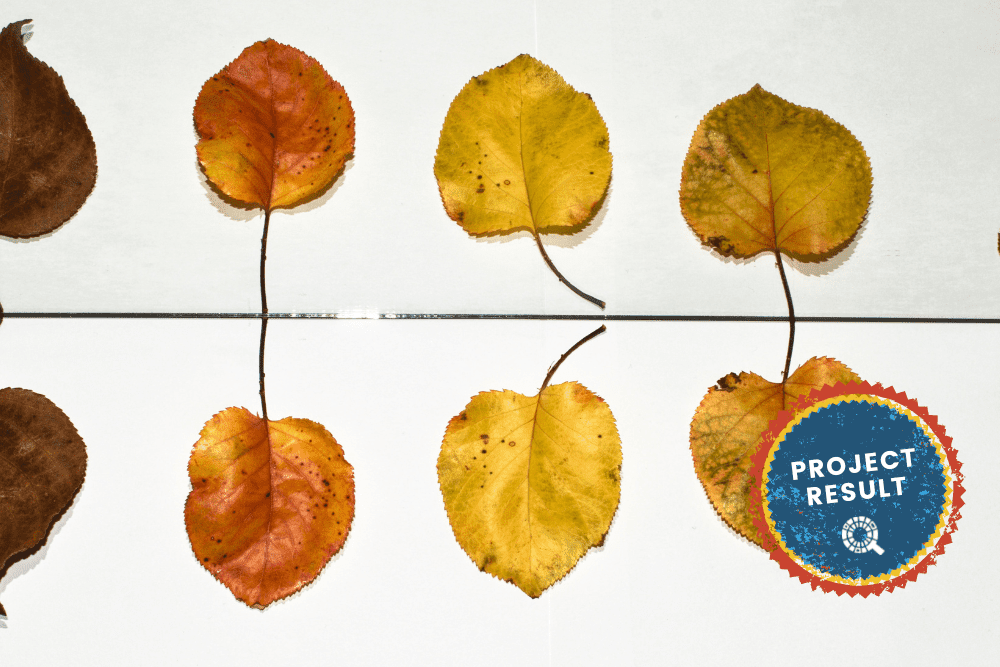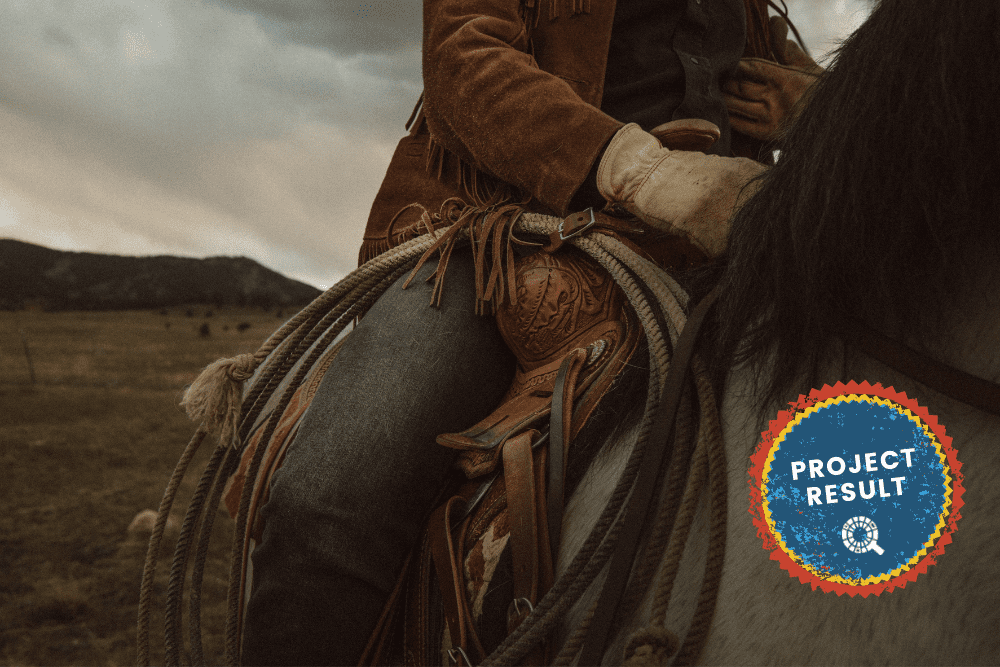The CS Track team has released a new report entitled Models to identify background factors associated with the CS activity. It introduces how the CS Track team created 6 models with the aim of developing a deeper understanding of how different factors (e.g. gender, age, roles in CS) are associated with different forms of participation in CS activities. This report introduces the analysis of the CS Track survey (N=1083) carried out in 2021, summarises the characteristics of citizen scientists, discusses how learning and knowledge building occurs, and explains the structure of and the basis for the proposed models.
Who are citizen scientists?
The CS Track survey (N=1,083) provided more information on the current demographics of citizen scientists in Europe. Among the findings, the survey revealed that:
- 41% of citizen scientists have been active in CS for more than 10 years.
- Only 1 in 4 citizen scientists have children.
- Citizen scientists are likely to be married (55% of respondents)
- Most citizen scientists are well-educated (67% of respondents had a bachelor’s degree or higher)
- Citizen scientists are likely to be older than 51 years old (53% of respondents)
- 1 in 4 citizen scientists live in a large town or a small city.
How do learning and knowledge building occur?
The CS Track survey helped identify 12 activities in CS projects that enable learning. Figure 1 highlights the activities in which learning was most often reported. Specifically, CS Track researchers found that citizen scientists were able to learn the most by interacting with others or with information online as well as by reflecting on prior knowledge.
CS Track researchers also investigated if and how the roles that were adopted (e.g. citizen scientist, facilitator, project coordinator, etc.) are associated with learning and knowledge building. They found that:
- Citizen scientists felt like they had learned the most while searching for information from the Internet and the least when creating something new.
- Those who adopted leadership roles, such as being the leader of a CS project, felt like they had learned the most while talking and interacting with others but the least when reading professional magazines and journals.
Figure 1. Experienced learning for adopted roles across differen activities (N=1,803).
6 models for analysing citizen science activities
CS Track researchers selected 6 different CS activities from the survey data (N=1,083), that illustrate the diversity of CS projects. Citizen scientists reported their participation in 1) collecting data, 2) retrieving scientific literature, 3) discussing results, 4) training or guiding others, 5) organising activities, or 6) providing resources to solve complex simulation problems.
Figure 2.
For each of these 6 activities, an analysis of the survey data was conducted to examine which project-related and personal factors explain (as well as help us predict) the likelihood of participating in project activities. That is, if a significant score for a project-related and/or a personal factor was assigned to an activity by respondents, then that factor was added as a predictive factor for the activity. The goal of these 6 models is to help us understand and link different background factors together to create meaningful and relevant interpretations. In Figure 2, CS Track researchers illustrate how statistical modelling will construct an explanatory model of a particular phenomenon. For example, the factor “How long the respondent has been engaged in CS activities”, was significant in all six models. In other words, it was significantly related to all six activities in question. Furthermore, if the respondent had been engaged in CS for 10 years or more, we can estimate that he/she had participated in data collection activities with probability of 0.940, according to Model 1. Figure 2 shows only a fragment of the results, but it highlights some of our final findings (which are to be published in a peer-reviewed journal). One such finding was that “how long engaged” was systematically associated with all six activities, while factors like “age” and “gender” did not appear significant in all six models.
The proposed models are used to deepen our understanding of citizen scientists’ backgrounds and their involvement in citizen science activities. The acquired knowledge will be used together with other data collected by the CS Track team members to support the process of creating policy recommendations and thus determine accreditation practices.
References
Download the full report here.
